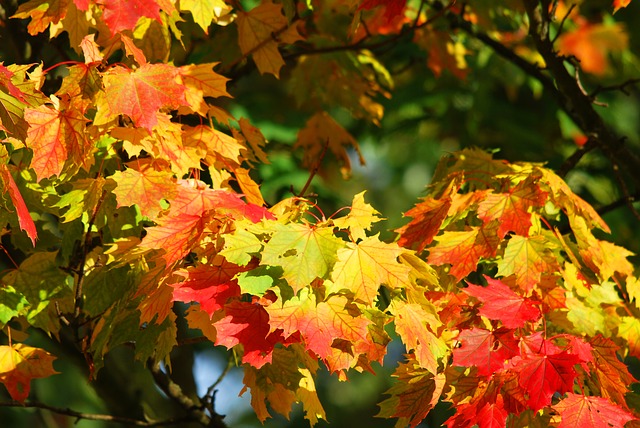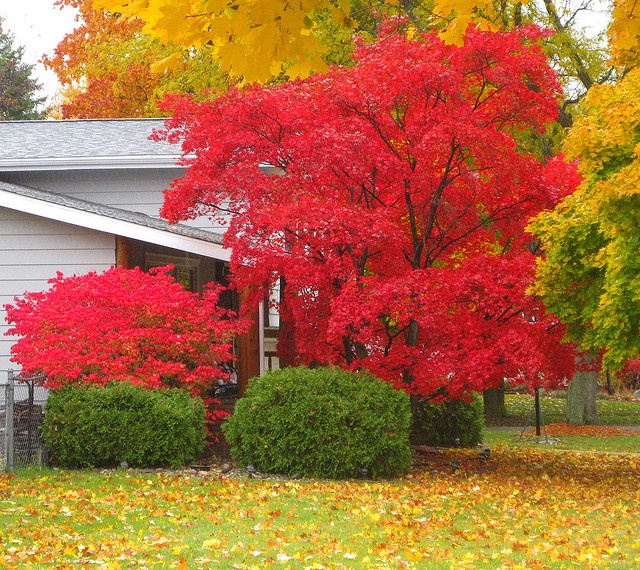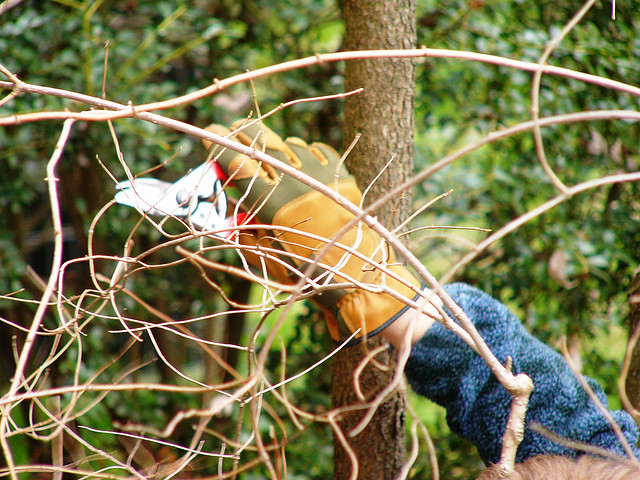You may think spring is the best time to plant and update your Memphis landscape. But the lower temperatures during the fall are actually perfect for planting and pruning some trees and shrubs.

The cooler weather will put less stress on the plants during installation, allowing them to better acclimate to the new surroundings. The increased rain in the fall will also help the shrubs and trees create established root systems before the temperatures heat back up.
Here are tips on how to improve your foliage and overall landscape this fall with pruning and planting.
What to Know Before You Plant
With higher amounts of rainfall and more comfortable temperatures, fall creates the perfect environment for planting shrubs and trees. You just want to make sure everything is planted before the ground freezes.
Before installing any foliage, you need to make sure the planting area has good drainage and the required amount of sunlight for the tree or shrub. If the soil is compacted or has a high/low pH, those will need to be addressed before planting, as well.
Adding mulch on top of the trees and shrubs after installation will help them better hold in moisture and also regulate the ground temperatures. The mulch should be kept about 4 inches away from the tree’s trunk. Create a 2- to 4-inch layer of mulch around the plants.
There are a wide variety of trees you can plant this time of year, including oak, cherry, elm, maple, pines and magnolias. You can also plant most deciduous shrubs during the fall. You can even select the plants based on their fall colors.

But not all trees and shrubs are suited for fall planting. Foliage with shallow root systems are ideal for the cooler temps — while ones with fewer, larger roots shouldn’t be planted this time of year.
How to Prune Trees & Shrubs
Trimming your deciduous trees and shrubs can promote plant health, encourage plant development and be visually appealing. Fall is an ideal season for pruning because most trees and shrubs are dormant, so new growth isn’t about to start.
It’s important you properly prune your trees and shrubs because they never heal from damage — they only seal the wounds. Plus, damage can stress the plants, resulting in pests and disease.
Pruning should start when you plant new foliage, and that’s especially important for new trees. This will help train the plant how to grow properly.
Here are tips for trimming new trees:
- Remove dead, broken or diseased branches.
- Cut crossing branches and ones that grow toward the center of the tree.
- Shape the tree, but don’t cut the main branch.
Use these techniques to prune young shrubs:
- Thin out the branches to create good spacing.
- Prune broken, disease or crossing roots.
- When using deciduous shrubs as hedges, prune them to within 6 inches of the ground.

To prune or remove larger, more established branches, you’ll need to make three or four cuts into the limb to prevent ripping or damage to the trunk. Don’t cut the branch collar or leave a stump where you cut the limb.
Start Maintaining Your Trees and Shrubs
Now is the time to plant and prune your trees and shrubs. Not only is the cooler weather perfect for installation and trimming, but it will also give the plants time to become established before summer gets here.
Use our guide to fall planting and pruning to help you on your way to the perfect Memphis property.
Michael Hatcher & Associates offers landscape maintenance, planting, design, lighting and irrigation services for residential and commercial properties. Our experienced team can tackle a range of fall projects for your landscape.
Some of our most popular fall services are landscape maintenance, bed spray, fall planting, irrigation winterization, design/build work and outdoor lighting.
Click HERE to get your property ready for fall.

